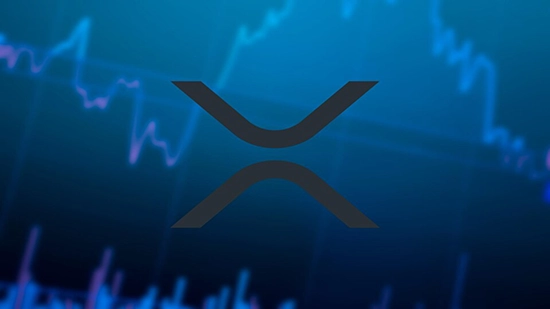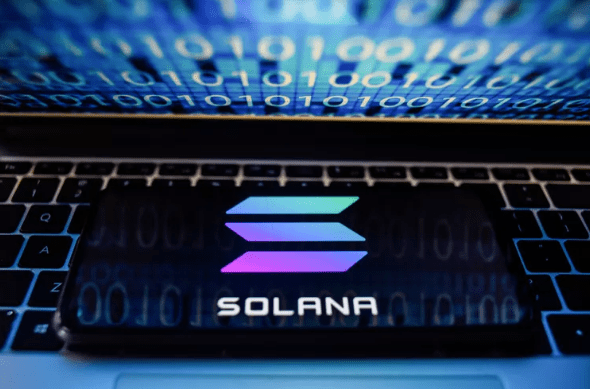Daily Ripple (XRP) Analysis
Ripple (XRP) is fundamentally a payment protocol and digital currency launched in 2012 to facilitate fast, low-cost, and transparent international payments for financial institutions. Unlike many decentralized cryptocurrencies, Ripple is managed by the private company Ripple Labs. The Ripple network, known as RippleNet, uses XRP as a bridge currency for exchanging fiat and other assets.

June 10 Analysis
XRP failed to break above the blue descending trendline (a key resistance level) and has now broken below the red ascending support line, initiating a corrective downward move.
A bearish flag pattern appears to be forming.
If Bitcoin breaks below $100K, XRP could decline toward the $1–$1.30 support zone.
Critical support lies at $0.90–$2. A breakdown below this range could push XRP toward $1.
Trading Strategy:
Wait for a price reversal confirmation near $2 before entering a long position.
Consider a second entry at $1.30 if the downtrend continues.
(This analysis reflects Homoro’s technical perspective.)
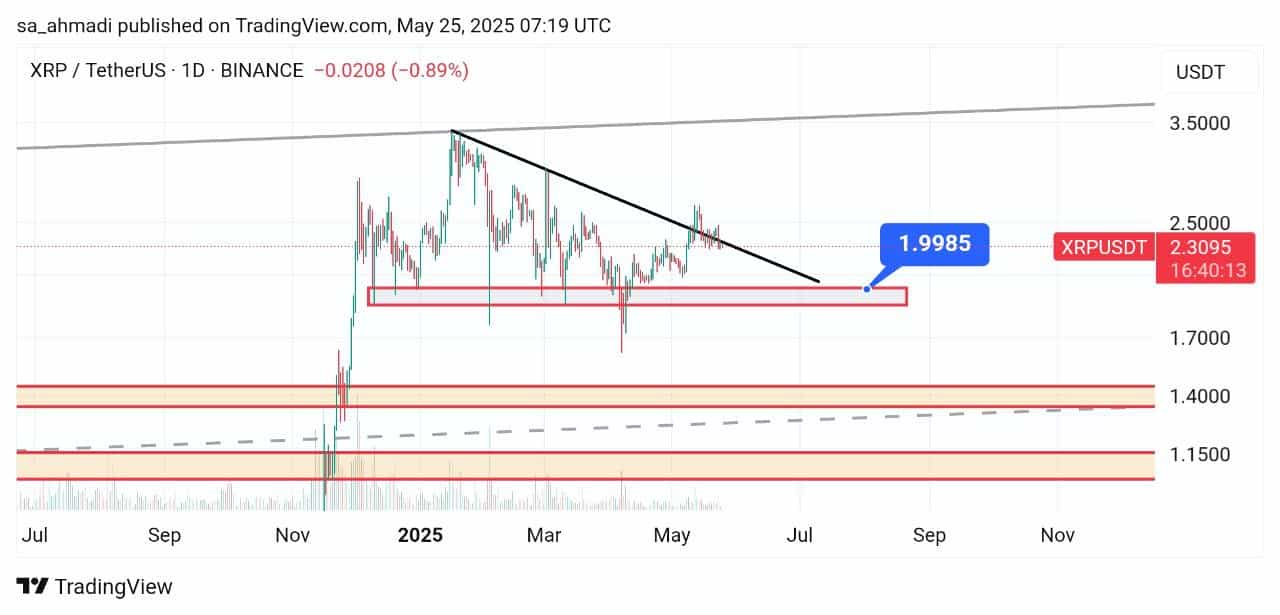
June 4 Analysis
XRP (4H chart) recently broke above a black descending trendline and is now consolidating near this level.
A compression pattern is forming between the black trendline and $2.
If XRP fails to break upward, it may retest $2 (support). A breakdown could lead to a drop toward $1.
A successful breakout above the trendline could target $3.50.
Trading Strategy:
Confirm a strong breakout and price stabilization above the trendline before buying.
May 23 Analysis
Potential 50% Rally?
XRP is forming a bull flag pattern on the daily chart.
A strong upward breakout could trigger a 50% rally.
Monitor Bitcoin dominance (BTC.D) and Total2 (altcoin market cap)—a BTC correction could benefit altcoins like XRP.
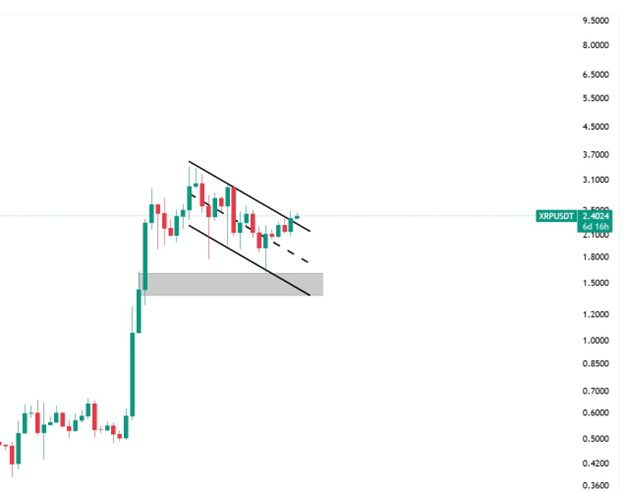
April 11 Analysis
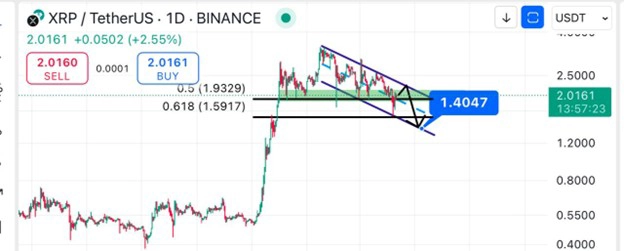
XRP is moving in a descending channel.
After testing $2–$2.10, it may correct downward toward $1.40–$1.20.
A drop below the 0.618 Fibonacci level would invalidate the bullish structure.
An upside breakout from the channel could target $2.30–$2.50.
March 19 Analysis
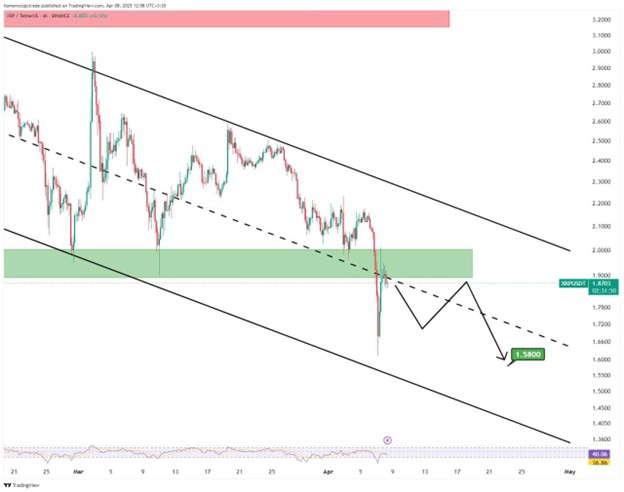
XRP broke below the $1.90–$2 support (4H chart) but is attempting a pullback.
If it fails to hold, next targets: $1.58 → $1.45.
Watch Total2 for capital outflows—altcoins may remain under pressure.
March 4 Analysis
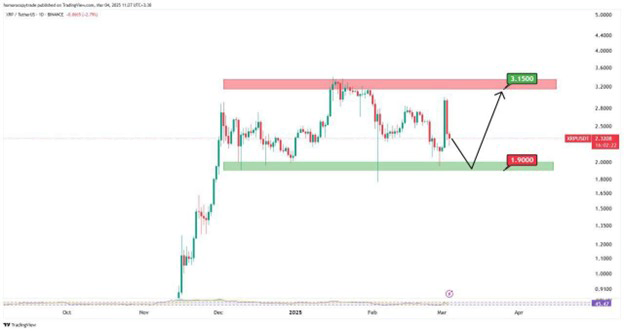
XRP is ranging on the daily chart, testing trader patience.
A breakout could target $3.10 (first resistance).
For long-term investors, consider dollar-cost averaging (DCA) at $2 and $1.80.
Ripple’s analysis helps investors understand:
Transaction speed & efficiency
Regulatory status (SEC case impact)
Growth potential in global payments
Homoro combines technical, fundamental, and legal insights to provide actionable XRP analysis, helping traders navigate this unique digital asset with confidence.
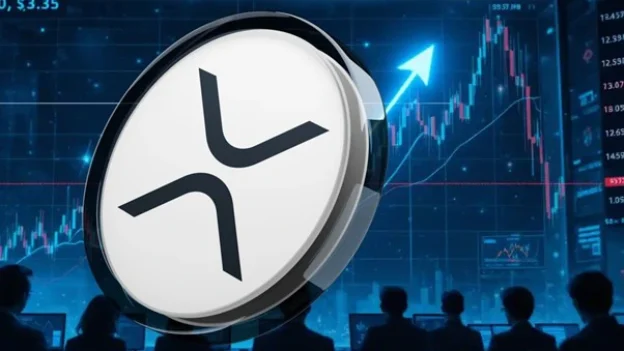
About Ripple (XRP)
Ripple (XRP) is fundamentally a payment protocol and digital currency established in 2012 to facilitate fast, low-cost, and transparent international payments for financial institutions. Unlike many decentralized cryptocurrencies, Ripple is managed by the private company Ripple Labs. The Ripple network, called RippleNet, uses the XRP token as a bridge currency for exchanging fiat and other assets.
Ripple’s primary objective is to collaborate with banks and payment service providers to enhance the efficiency of global payment systems. For comprehensive Ripple analysis, visit Homoro’s Telegram channel. Our Shahid Beheshti University-certified courses also provide deeper insights into this technology.
Ripple (XRP) Price Prediction
Predicting XRP’s price is challenging, as it depends on multiple factors:
✔ Legal developments (e.g., SEC case progress)
✔ New partnership announcements
✔ Technological advancements
✔ Overall market sentiment
However, thorough analysis of:
Historical price trends
Trading volume
Fundamental factors
can offer a probable outlook for XRP’s future. Homoro’s analysts evaluate these elements to provide realistic price potential assessments.
Technical Analysis of Ripple (XRP)
Ripple’s technical analysis involves studying:
Price charts
Trading volume
Technical indicators
to identify patterns and predict future trends. Traders use tools like:
Moving averages
Support/resistance levels
Trendlines
RSI & MACD
to determine optimal entry/exit points for XRP.
In essence, technical analysis helps understand Ripple’s short-to-medium-term price movements. Homoro’s analysis team regularly reviews XRP charts and shares findings via Telegram channels.
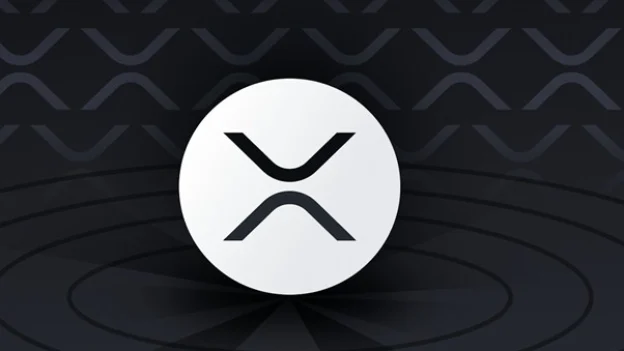
Ripple (XRP) Fundamental Analysis
Core Focus Areas
Ripple’s fundamental analysis examines the project’s true value through:
Payment technology adoption by financial institutions
Legal status (particularly the ongoing SEC lawsuit)
Banking/payment provider partnerships
Competition with global payment systems
Key developments affecting XRP’s long-term value:
✔ Progress in legal cases
✔ New partnership announcements
✔ RippleNet adoption growth
Homoro’s experts provide in-depth evaluations of these factors to assess Ripple’s potential.
Legal Status & SEC Case
The SEC vs. Ripple lawsuit remains a pivotal fundamental factor for XRP.
Market Impact:
Each positive/negative development causes significant price volatility
Homoro analysts track all case updates and evaluate potential price effects
Key Price Influencers
1. Financial Institution Partnerships
Adoption by banks/payment providers directly impacts XRP’s price:
New collaborations → Increased demand → Price growth
Homoro monitors all Ripple partnership announcements
2. Regulatory Developments
Global crypto regulations + SEC case outcome affect XRP:
Favorable rulings → Price increase
Regulatory restrictions → Selling pressure
3. Market Sentiment & Social Media
Like all cryptocurrencies, XRP responds to:
Positive social media trends → Buying momentum
Negative news → Increased sell-offs
Strategic Insights
For investors:
Monitor SEC case milestones (critical short-term driver)
Track RippleNet adoption metrics (long-term value indicator)
Watch BTC dominance (altcoin market correlation)
Homoro provides real-time updates on these factors through our Telegram channels and certified courses.
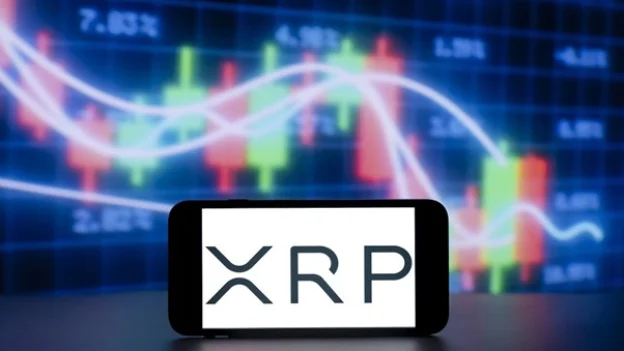
Advantages of Ripple (XRP) Compared to Other Cryptocurrencies
Ripple offers several distinct advantages that set it apart from other digital currencies:
Focused Use Case for Institutional Payments
Specializes in fast, low-cost international payments for financial institutions
Works cooperatively with traditional financial systems rather than seeking to replace them
Processes transactions in 3-5 seconds with minimal fees (~$0.0002 per transaction)
Superior Technical Capabilities
Handles 1,500+ transactions per second (vs Bitcoin’s 7, Ethereum’s 30)
Highly scalable network architecture
Energy-efficient consensus mechanism (not proof-of-work)
Real-World Adoption
Used by 300+ financial institutions worldwide
Integrated with major payment providers
Demonstrated regulatory compliance framework
Corporate Backing
Supported by Ripple Labs’ enterprise-grade solutions
Professional development team with banking industry experience
Strategic partnerships with global financial players
Conclusion
Ripple’s analysis requires understanding its payment technology, legal status, financial partnerships, and market fundamentals. Homoro provides:
Expert technical and fundamental analysis
Shahid Beheshti University-certified courses
Real-time trading signals
For our latest XRP insights, join our Telegram channel: @homoro_sale
Frequently Asked Questions
What is Ripple’s primary use?
Facilitating fast, low-cost international payments for banks and financial institutions.What is Ripple’s current status with the SEC?
The SEC lawsuit remains ongoing, with significant potential impact on XRP’s price.Is Ripple decentralized?
Managed by Ripple Labs, making it relatively centralized compared to other cryptocurrencies.

